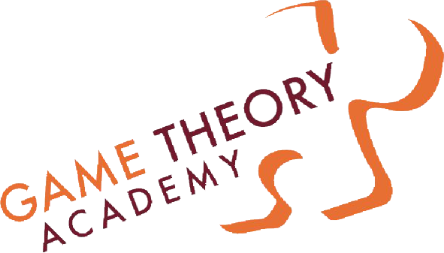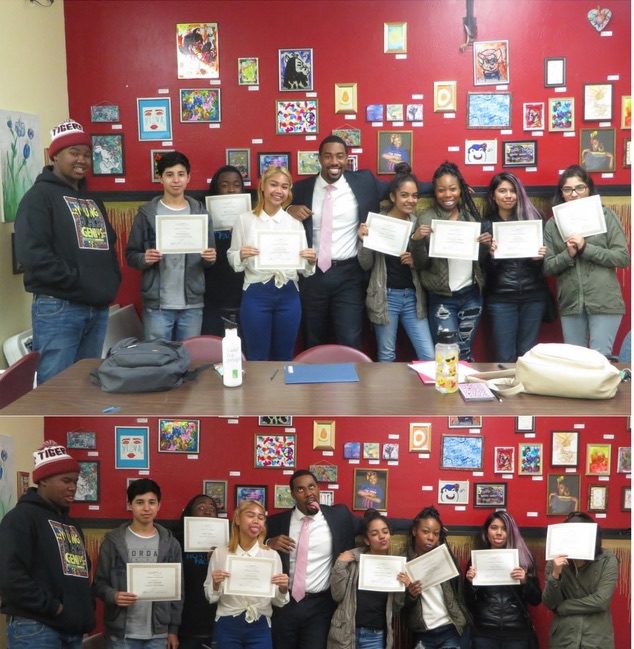In case you didn’t know, Game Theory Academy puts a strong emphasis on understanding the basics of economics. With that, we expose the students to an array of economics-related vocabulary and phrases over the course of the 10-weeks. During each vocabulary lesson, I always make sure to provide some real-life application of the word/phrase in addition to just defining it. I can never forget class #2 and the discussion around self-herding and willingness to pay.
Self-herding was thoroughly explained simply by asking who in class liked coffee, more specifically, Starbucks. Some of the students mentioned that they go just about every day, while others go a few times a month. Of those who made frequent visits, I asked if they ordered the exact same thing, every time. Yes! Same drink, same size, every time. One student was so in tune with his coffee habit, he was able to tell me the exact price of his purchase. I kept digging and asked everyone if they could tell me why they ordered what they did. 95% of them stated that it was the first drink (size specific) they ordered and they never thought to try anything else on the menu. Even if they weren’t necessarily in the mood for a venti [insert Starbucks beverage of choice] they would order it no matter what because that’s what they were accustomed to doing. The students ragged on me a bit about spending 10 minutes talking about coffee, but in my defense, I made them realize they could get the same satisfaction of ordering their favorite beverage, but could have saved money by ordering a tall, instead of the venti.
During that same class we talked about the concept of someone’s willingness to pay for a particular product/service. I didn’t have to come up with an example, as two of the students were thinking about starting a potato chip-selling business. They had done some research about what snacks were not provided at their school and were trying to determine at what price point to sell their bag of chips. They had some initial thoughts about how much to sell the chips, but who they were going to “target” drove things home. They young ladies said they were going to target the students who dressed the best, as they would probably be willing to (and could perhaps afford to) pay for their chips. They weren’t going to focus on anyone else and once they launched and had some hard data, they were going to consider raising the price of the chips since they assumed the people who dressed nice wouldn’t have a problem paying a premium for the chips.
I am continually amazed at where our lesson plan takes us during the 10-weeks and this is why I love teaching at Game Theory Academy!

